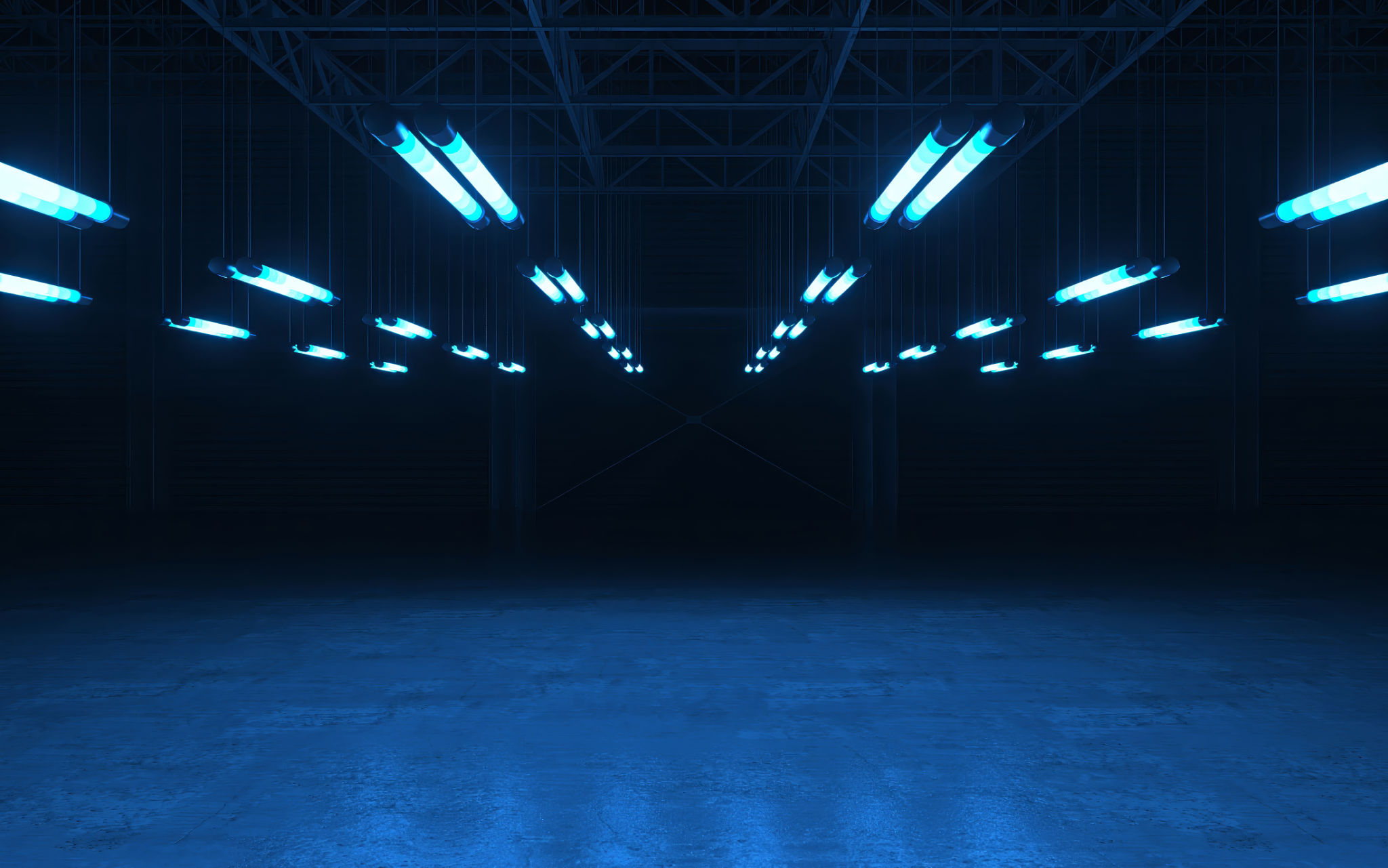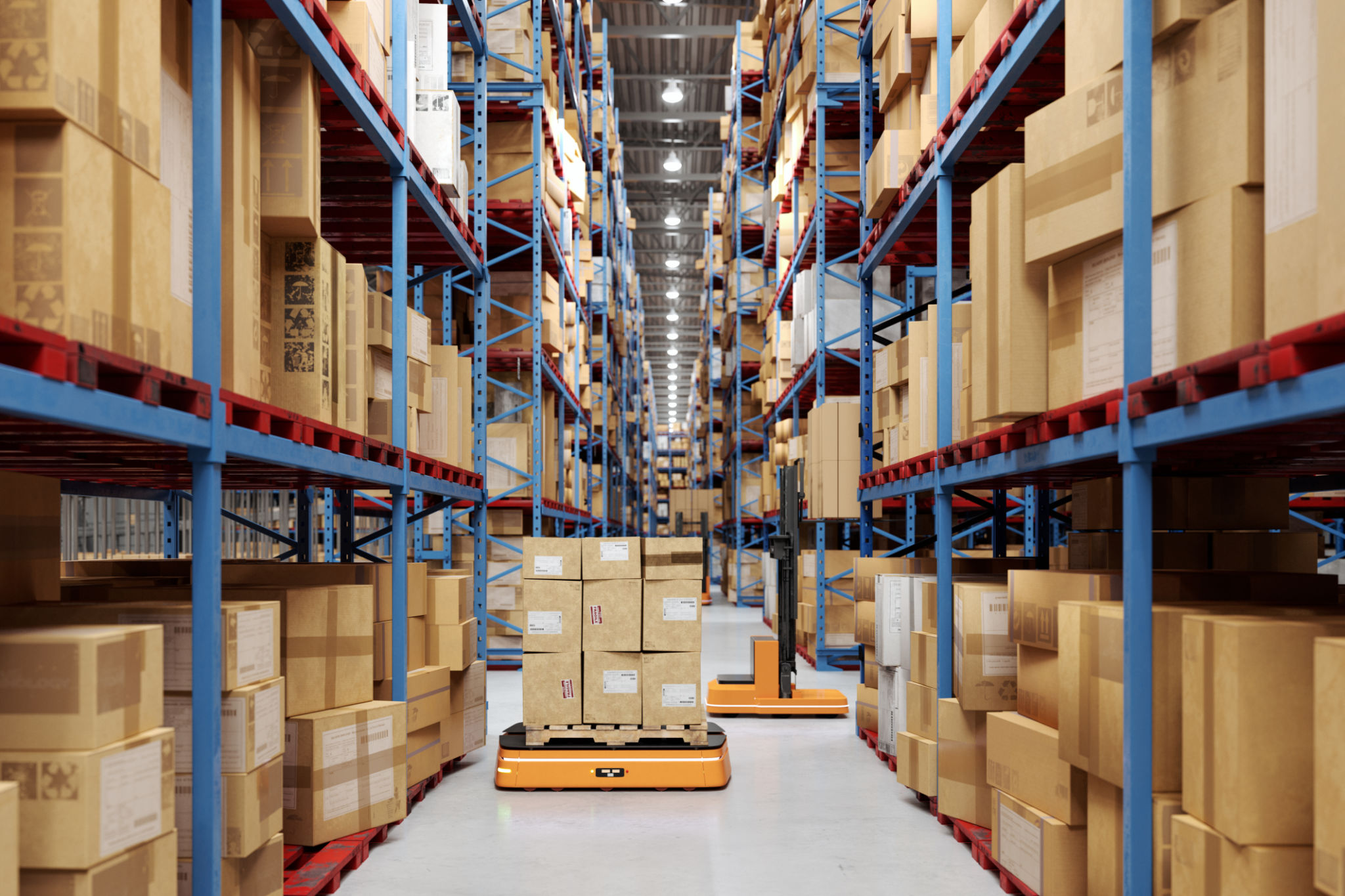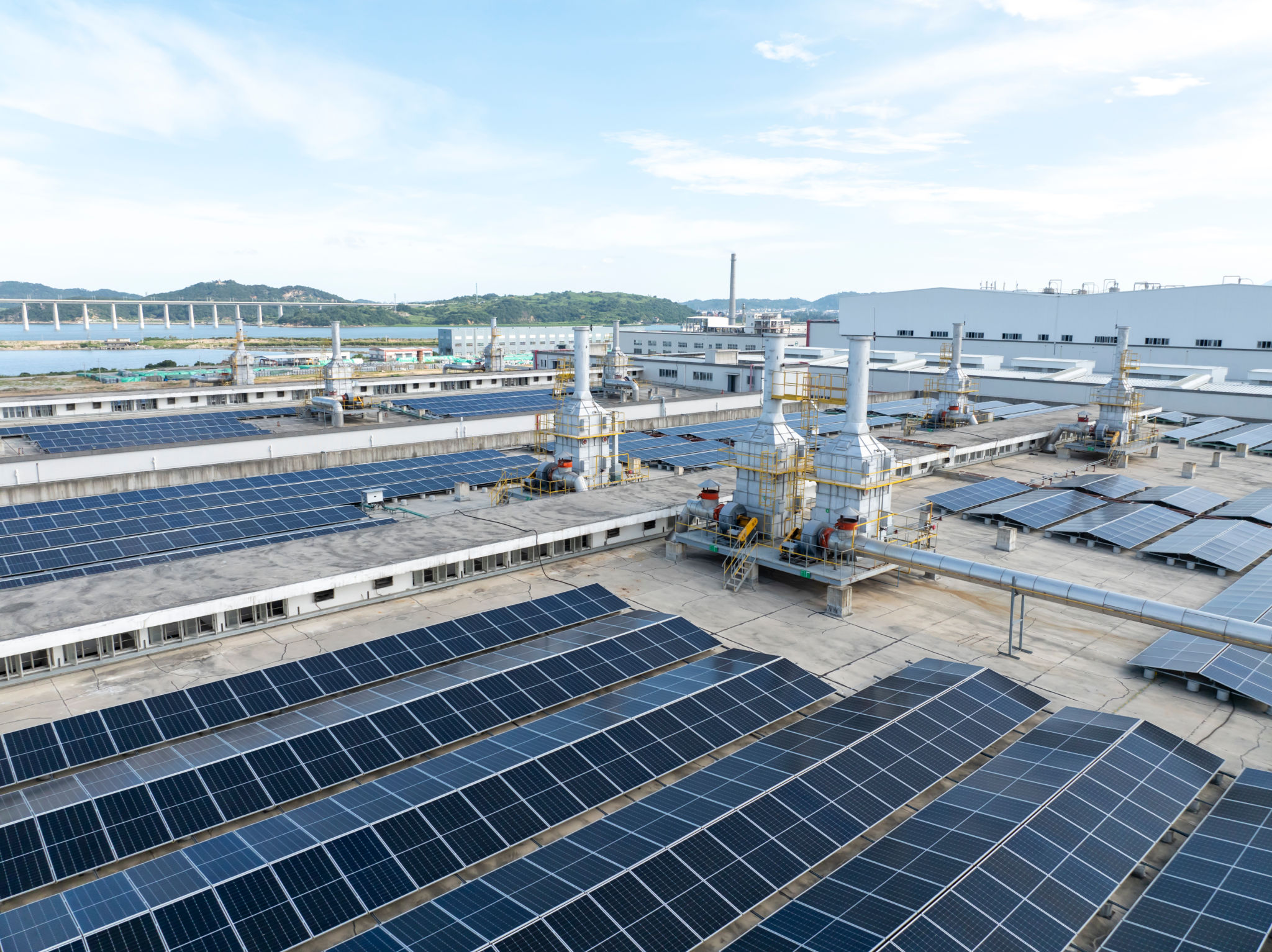Comparing Minimalist Warehouse Designs: What Sets Them Apart?
Understanding Minimalist Warehouse Designs
Minimalist warehouse designs have gained popularity due to their efficient use of space and resources. This architectural trend is characterized by simplicity, functionality, and an elegant approach to design. By focusing on essential features, minimalist warehouses often lead to reduced costs and improved operational efficiency.
These designs eliminate unnecessary elements, creating a streamlined appearance that is both aesthetically pleasing and highly functional. The emphasis is on open spaces, clean lines, and a neutral color palette. But what sets these minimalist warehouse designs apart from one another?

Key Features of Minimalist Warehouse Designs
At the core of minimalist warehouse design is the concept of maximizing space utility. This is often achieved through:
- Open Floor Plans: By minimizing internal walls and partitions, open floor plans offer ample space for machinery and inventory.
- Natural Lighting: Large windows and skylights are used to harness natural daylight, reducing reliance on artificial lighting.
- Simple Materials: Use of concrete, steel, and glass provides a clean look while ensuring durability.
The focus on simplicity does not compromise the functionality of the warehouse. Instead, it enhances operational processes, making movement within the space more efficient.

The Role of Technology in Minimalist Designs
Technology plays a significant role in differentiating minimalist warehouse designs. Integrating smart technology can optimize inventory management, improve security, and enhance overall efficiency. Here are some technological elements often incorporated:
- Automated Systems: Automated conveyors and robotics streamline logistics and material handling tasks.
- Smart Sensors: These can monitor environmental conditions such as temperature and humidity to ensure optimal storage conditions.
- Energy Management Systems: They help in reducing energy consumption by regulating lighting and heating.
Sustainability Aspects in Design
Sustainability is another aspect that sets some minimalist warehouse designs apart. Many warehouses incorporate sustainable practices to reduce their environmental impact. This can include:
- Utilizing recycled materials in construction.
- Implementing energy-efficient HVAC systems.
- Installing solar panels to harness renewable energy.

Customization and Flexibility
Despite the minimalist approach, these warehouse designs can be highly customizable. Flexibility in design allows businesses to tailor the space according to specific needs. This can involve adjustable shelving systems, modular workstations, and reconfigurable layouts to accommodate different workflows.
The ability to adapt quickly to changing business requirements without major renovations is a significant advantage of minimalist warehouse designs.
Conclusion
Minimalist warehouse designs offer a balance of aesthetics and functionality, making them an attractive option for modern businesses. By focusing on the essentials, incorporating advanced technology, emphasizing sustainability, and providing customization options, these designs set themselves apart in the industrial landscape. As companies continue to seek efficient and cost-effective solutions, minimalist warehouses are likely to remain at the forefront of industrial design trends.